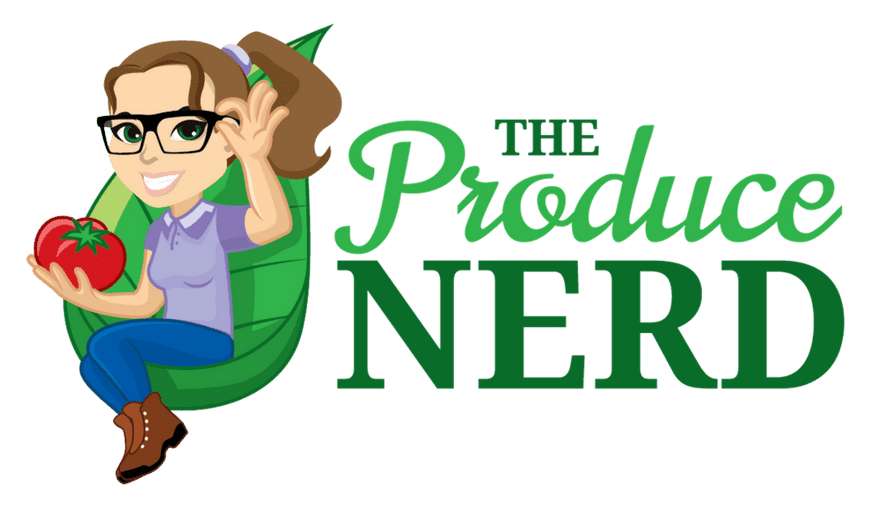Whether you are making cake from a cake mix, or eating candy, food coloring is a common theme. We use food coloring, referred to as color additives by the FDA, and eat products made with them all the time. Probably more than we realize. Besides food, we can also find them in everyday items (e.g., toothpaste, cosmetics), medicine (e.g., cough syrup, vitamins) and soda. However, people are becoming increasingly interested in natural food coloring alternatives.
Table of Contents
What are Color Additives?
Color additives consist of dyes, pigments and other materials that alter the color when added to a product.
How are Color Additives for Food Coloring Approved by the FDA?
In order for these products to be used in food products, they must be approved by the FDA, after they review the safety of the color additive to human health. Once approved, the color additives are given a specific name and are required to be listed on the ingredients list of the food product (see label examples below). The names include: ‘FD&C’, ‘Color’ and ‘Number.’ These specific names can be written as FD&C Yellow No. 5, FD&C Yellow #5, or as its shortened form: Yellow 5.
The FDA maintains a list of approved color additives. They also approve or deny any new products suggested for the use of food coloring. For example, if you look at a package of fruit snacks and see on the ingredients list that “FD&C Yellow No.5” was included as an ingredient, that means that that color has been approved for use by the FDA.
FDA Approved Color Additives
Click here to see the list of FDA approved color additives for food and other products. If a product is used and not included on the label or that has not been approved by the FDA and is included in the food ingredients, the food product is classified as adulterated by the FDA, which can result in action by the FDA.
Natural Food Coloring Additives
In the past few years, a lot of big companies have made statements about altering their mixes to incorporate natural color additives instead of using artificial color additives that they currently contain. This is not being caused by new rules implemented by the FDA, but by the consumers making their voices heard. This is the direct power of the people.
In addition to the uproar of people wanting the artificial color additives removed, you also have the issue of what happens when you alter a classic recipe. For example, Kraft macaroni and cheese recently altered their ingredients to remove artificial color additives, but kept it to themselves to prevent any negative reactions. Another example is with Trix cereal, whose recipe was transformed to remove all artificial coloring. General Mills (the creator of Trix) was not able to find viable alternatives for their blue colored cereal pieces, so they removed that color for now. When you think about using natural food coloring versus artificial colors, it is not just finding an alternative ingredient that can create the same color when mixed with the rest of the ingredients, but also the same hue as the previous color. For example, a blue color could be replicated naturally. However, can the bright blue color be found as easily with natural ingredients, especially when added to an ingredient mixture?
While altering colors, especially with items that are meant to attract children, it is important to maintain the color. Gummy bears are a good example, as each bear that is flavored like a specific fruit is supposed to have the color of that fruit so that it matches what is found in real-life. Or, take Fruit Roll-Ups, for example, those big, bold colors are part of the attraction of eating them. That excitement they attempt to capture from children might not be the same when the colors are not as vibrant.
Natural Food Coloring from Fruits and Vegetables
Fruit juice and vegetable juice are natural food coloring alternatives that can be used as a color additive. However, the kicker here is that if the produce item is used as an ingredient in the mixture and subsequently alters the color of the product, it is not considered a color additive. It is only considered a color additive when it is specifically added to alter the color of the product. For example, if you were to use green vegetables in your mixture for St. Patrick’s Day and it also happened to alter the color of the food, that would not be considered a color additive. However, if you specifically added juice from a green vegetable to the mixture to alter the color and not the flavor or nutritional value, that would be considered a color additive.
If you enjoyed this post, you might also like:
- Sensory Evaluations: Consumer Panel vs. Trained Panel
- How Do They Know When to Harvest Fruit?
- How Does Dragon Fruit Grow?
Resources
“How Safe Are Color Additives?” U.S. Food & Drug Administration. 19 Feb 2016. Web. 10 March 2017.

